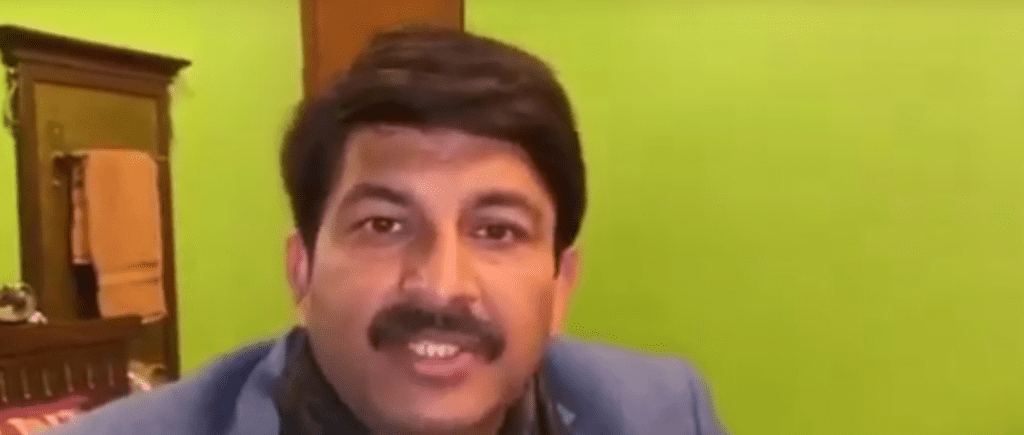Deepfakes are AI-generated fake videos depicting individuals who, in reality, never appeared in the staged scene. This 21st-century “Photoshop” has the potential to greatly manipulate public opinion. This is evident in two party-approved deepfake videos featuring Bharatiya Janata Party (BJP) member Manoj Tiwari criticizing the incumbent Delhi government of Arvind Kejriwal. It’s the first time a deepfake video designed for political motives has been identified in India — and it won’t be the last.

Officials from BJP partnered with political communications firm The Ideaz Factory to employ deepfakes in order to reach different linguistic voter bases.
Although the official languages in India are Hindi and English, there are actually 22 major languages in India, written in 13 different scripts, with over 720 dialects. In a country of 1.3 billion people, politicians cannot ignore voters who exclusively speak another dialect.
In the original video, Manoj Tiwari made a brief political statement accusing the current Delhi leadership of making false promises to their electorate.
The original was then deepfaked in English and Haryanvi, a popular Hindi dialect spoken in Delhi.
According to Vice, the two deepfakes were shared across 5,8000 WhatsApp groups in the Delhi region, reaching around 15 million people.
Deepfakes are the reason why you can see Obama calling Trump a “complete dipshit” or Mark Zuckerberg bragging about having “total control of billions of people’s stolen data”. These statements were never made in reality, but they show the tremendous power modern machine learning algorithms have of spreading fake news. Imagine someone putting their words in your mouth and making it all seem eerily genuine.
According to Deeptrace, an AI firm, there were over 15,000 deepfake videos online in September 2019. Their number doubled over nine months, a staggering 96% of which are porn deepfakes that map the faces of female celebrities on to porn stars. Then there are deepfakes made as spoofs or satire. And, of course, there are also deepfakes used for political reasons.
In this particular case, the deepfakes were approved by Manoj Tiwari’s party to serve as a sort of high-tech dubbing, in which the speaker’s lips and facial expressions are synced with the novel audio that utters words Tiwari had never spoken.
This, in itself, might sound somewhat innocent. However, where can you draw the line between what’s nefarious and what isn’t when weaponizing deepfake tech during political campaigns and elections?
In the future, as deepfakes will become increasingly harder to spot, the danger they pose to democracy and journalism cannot be understated. A lie can travel halfway around the world while the truth is putting on its shoes. By the time a deepfake is exposed as a ruse, many people will have already formed an opinion based on the fake.
Expect troubled times ahead, especially as the high-stakes US Presidential elections in November arrives. The solution? Social networks need to keep up and employ an equally powerful AI to filter and flag potential deepfakes — but that’s harder said than done. What’s truly worrisome is that many of these deepfake algorithms are freely available online and people who even don’t know how to code can easily use them to make their own fake videos.
Ultimately, people need to be aware that these things exist and should become more skeptical of what they come across online.









